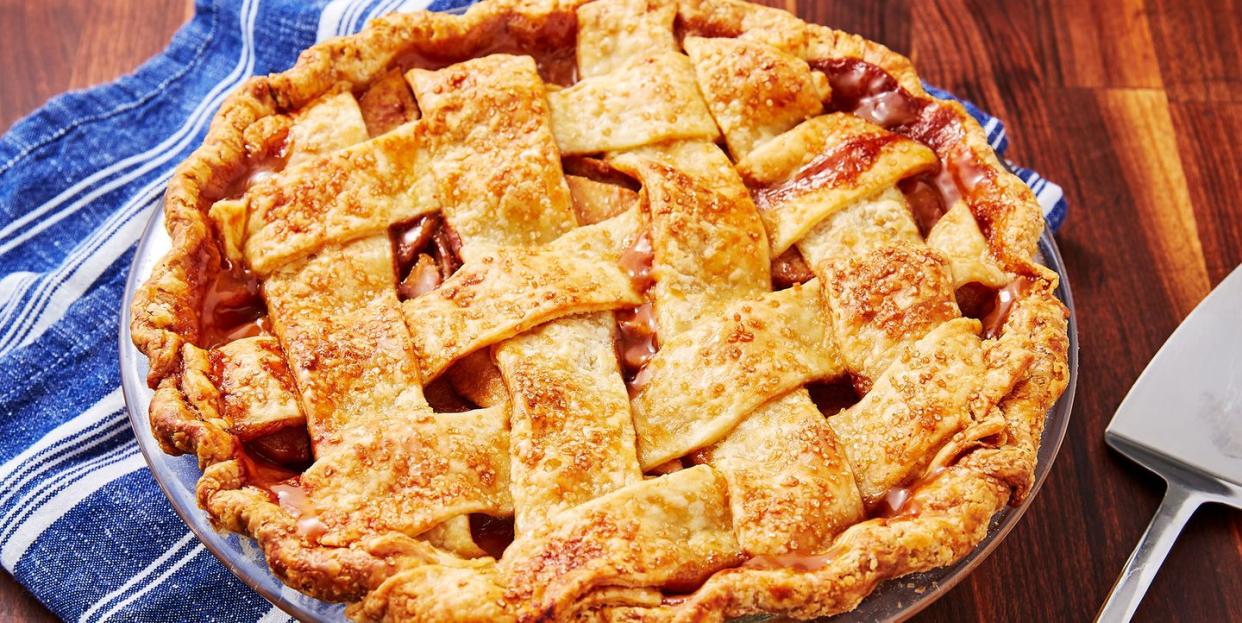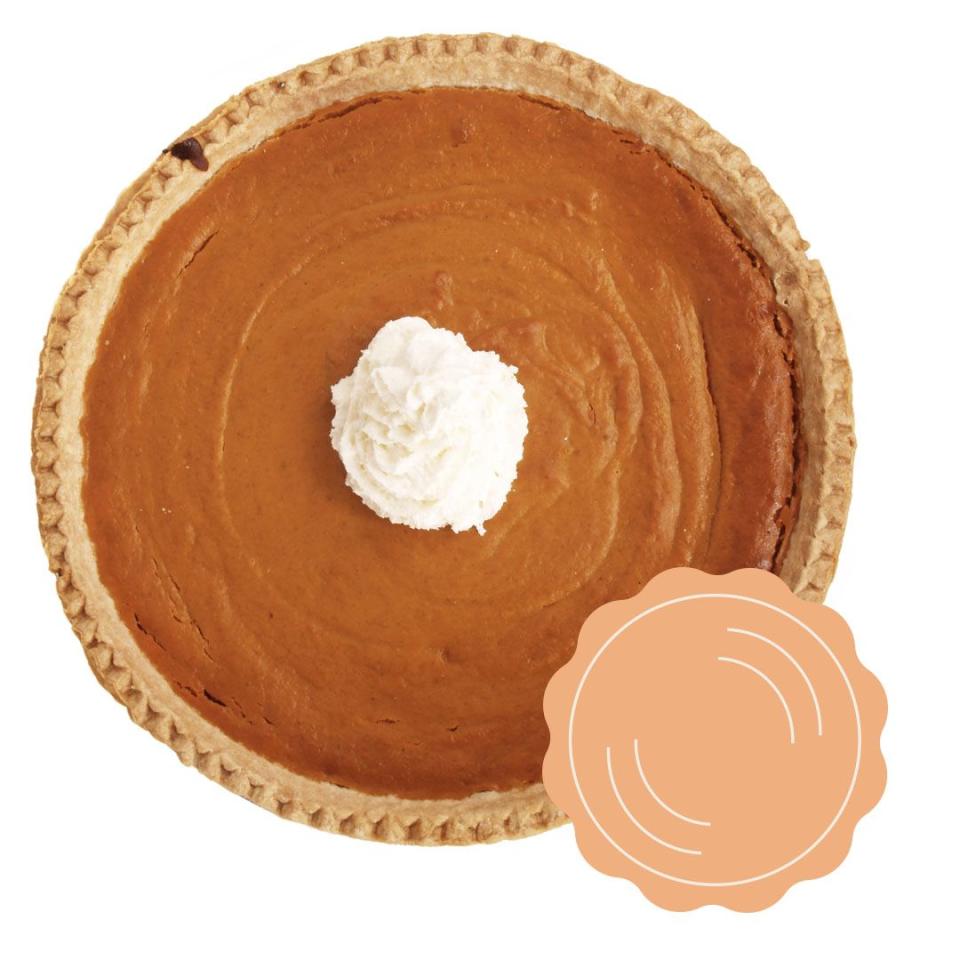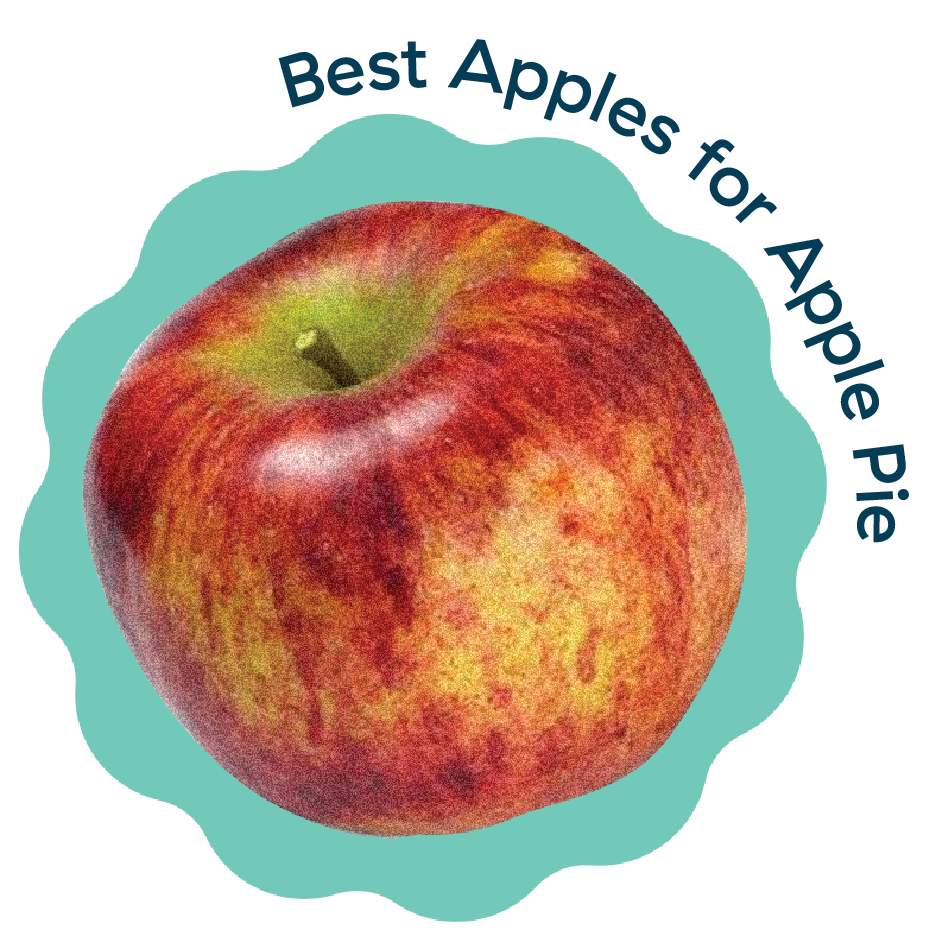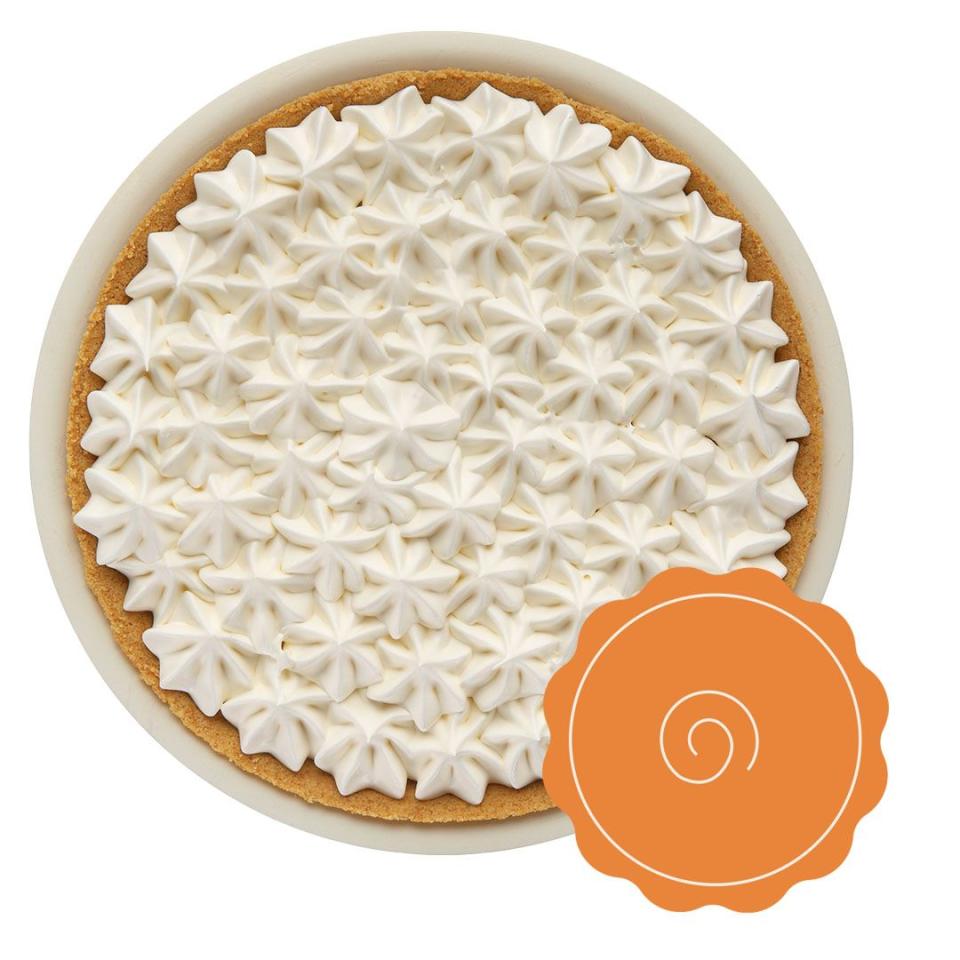If You Call Yourself A Baker, You Need To Know How To Bake These 9 Types Of Pies

Here's a challenge: Name a more iconic dessert in this country than pie. There are movies named after it ("American Pie"), musical tunes crooning about it ("Cherry Pie"), a Broadway musical centering around it ("Waitress"), and a whole day for celebrating it (Pi Day on 3/14).
Where are all the love songs about pie? Because there are lots of different kinds to fall for: Sweet or savory, mini or 9-inch, crimped crust or rustic galette. Pie comes in all shapes, sizes, flavors, and colors. It's usually cooked in a round pie dish and filled with sweet or savory fillings. You can eat it for dessert, of course, but also breakfast, lunch, even dinner. The pie versatility (pie-sertility?!) is endless.
Some pies are like old friends. We know and love pecan, pumpkin, and apple pies, and no matter how long it's been, we remember fondly how each will taste. Other pies are finding new popularity in the world, like the galette or hand pies, which can be less fussy to make or are just so 'grammable.
Pies can be finicky though, which is why we're here to help guide you through everything you need to know about baking one, whether it's your first attempt or you're a seasoned pro. And if at any point during baking one, you mess up or it doesn't turn out perfect, adopt our new favorite piece of advice from Kate McDermott, baker behind Art of the Pie, and, as she likes to say, pull a Julia Child: "Get out the lasagna pan, turn it into there, and call it something else; call it a crumble, call it a crisp."

Double Crust Pie
You know those pictures from the 1950s of the housewife pulling a pie out of the oven with a beautifully designed crust and setting it on the windowsill to cool? That's a double-crust pie. With a bottom crust and a top crust partially or wholly covering the filling, these are perfect for people who eat pie for the flaky, buttery crust. The top crust can be a lattice, like in our classic apple pie, or a full sheet like in chicken pot pie.

Custard
As the name implies, this pie's signature is its custard filling. It's a dreamy combination of egg yolks and cream (plus the flavorings of your pie) that's poured into an often pre-baked crust and baked again until firm. The custard pie you've likely eaten your fill of: pumpkin pie. Want to experiment this holiday? Make our classic Chess Pie.

Chiffon
Fancy name, right? A chiffon pie is typically made with a filling (often containing gelatin) that's cooked over a double-boiler before whipped cream gets folded in for a luxurious texture. The whole thing is poured into a pre-baked or no-bake crust and refrigerated. The classics: lemon chiffon and French silk.

Cream
Think of this humble pudding pie as every old school diner's specialty, such as coconut cream and banana cream pies. They're made with a whipped cream-egg yolk filling that isn't cooked, but sets in the fridge in a pre-baked or no bake pie crust.
Fruit
This one's easy: It's any pie with a fruit filling. It can be also be a double-crust pie. (How meta is that?) Usually the filling and crust are cooked together. You can even freeze these before baking, pull them out when they're ready, and cook them straight away, said McDermott. Just tent it with foil if the top crust gets too brown too quick.
Hand Pie
Any mini pie, which can cutely fit in—and be eaten from—your hand. These are great for parties as you can make several different kinds as individual servings and serve them on a pie board. Shape them with a biscuit cutter and bake on a parchment-lined sheet pan or in a muffin tin.
Galette
As intimidating as this French word might sound, galettes are actually much easier to pull off than a traditional pie crust (no lattice work or pie dish required!). They're free form: Simply roll out the dough, top with your filling, and fold up the edges for a rustic crust before baking on a sheet pan. They still use traditional pie crust, and normally have fruit fillings, like this apple version.
Ice Cream
It's every fifth-grader's dream: Imagine a pie, only the filling is ice cream. While you can prepare this summer dessert with a traditional buttery crust, more often the crust is made from crushed graham crackers, cookies like Oreos, or something store-bought, so no baking is necessary.
Tart
Does a tart count as pie? It depends who you ask. We like to think of them a close cousin: They have a pie look, but the crust is a butter short crust, and the whole thing is cooked in tart pan. Make sure to try our top-rated Apple Tart.
You Might Also Like

